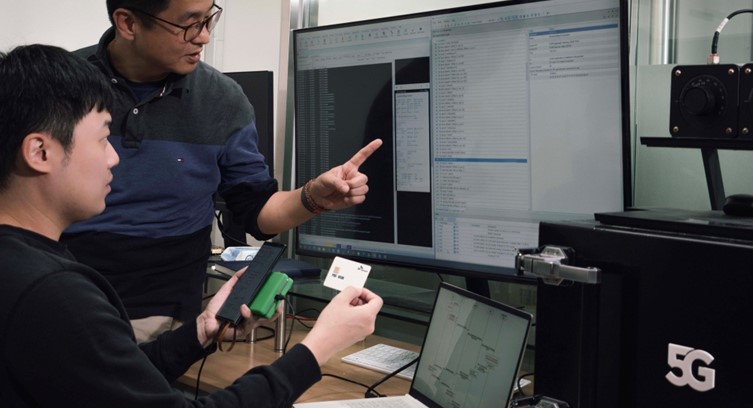SK Telecom and Thales today announced the success of their partnership project in testing advanced quantum-resistant cryptography. Based on 5G standalone network and 5G SIM, the project solution aims at encrypting and decrypting subscriber identity in a secure way to protect user privacy from future quantum threats.
The solution consists of upgrading the cryptography used to anonymize the user digital identity on the 5G network. The user identity on a 5G network is then concealed and secured on the device side because of the 5G SIM. The security mechanisms involve cryptographic algorithms designed to resist attacks from future quantum computers, providing a level of security that is considered robust in the post-quantum era.
The National Institute of Standards and Technology (NIST) has been leading an initiative to standardize post-quantum cryptographic algorithms, and SK Telecom and Thales used the Crystals-Kyber algorithm for this successful trial.
Yu Takki, Vice President and Head of Infra Technology Office, SK Telecom
This collaboration between SKT and Thales highlights our commitment to staying ahead of the curve in terms of cybersecurity and ensuring the safety of our customers' data. PQC provides enhanced security through the use of cryptographic algorithms that are thought to be secure against quantum computer attacks. Going forward, we will combine PQC SIM with our additional quantum expertise to achieve end-to-end quantum-safe communications.
Eva Rudin, SVP Mobile Connectivity & Solutions at Thales
As quantum computers have the potential to break certain existing cryptographic algorithms, there is an emerging need to transition to cryptographic algorithms that are believed to be secure against quantum attacks. For 5G networks, Thales started to invest on cryptographic algorithms that are quantum-resistant to enhance continued security and privacy features of communications for users.




















